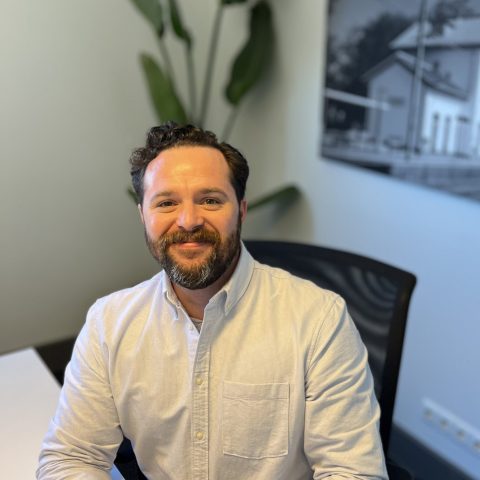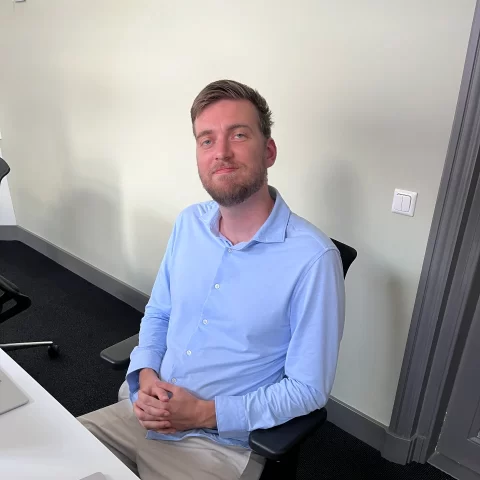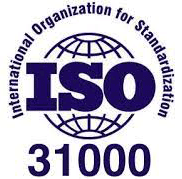Methods & techniques
Our people are the heart of Delta Pi. Working with clients, they improve the performance of assets, processes, and organizations day in, day out. They help you identify (un)expected events and advise you on the options you have to anticipate them. They do this by using methods and techniques that have proven effectiveness. If existing methods or techniques are insufficient, we develop them ourselves.
Asset management
To achieve an optimal balance between performance, risks, and costs, we use the following methods and techniques:
- Asset Management Maturity Scan Based on this self-developed scan, we measure (in line with the ISO – 55000 standard) how mature your organization is in managing the performance, risks and costs of assets.
- Reliability-Centered Maintenance (RCM) is a methodology we use in maintenance management. This method allows us to improve the reliability, availability, quality, and cost-effectiveness of assets.
- Life Cycle Costing analysis (LCC) Using a life cycle cost analysis, we map out all costs associated with the complete life cycle of an asset.
- Level of Repair Analysis (LORA) We use the LORA to map out the maintenance tasks to be performed and determine at which level an item must be replaced, repaired or removed.
- Maintenance Task Analysis The maintenance task analysis helps to map out the resources required to properly perform the maintenance tasks of an asset.
- Total Productive Maintenance (TPM) increases the availability and performance of assets. The idea is that multidisciplinary teams are held jointly responsible for the condition and maintenance of assets, with the goal of permanently preventing failures.
Risk management
To identify risks, we use various (analytic) methods. These help us and you proactively manage risks so that objectives can be achieved.
- Risk Maturity Scan The Risk Maturity Scan is a method developed by Delta Pi. It assesses your organization's risk management maturity (in accordance with the ISO 31000 standard) and determines where we can offer the most added value.
- Quantitative Risk Analysis (QRA) With quantitative risk analysis we quantify the risks with the highest priority in order to determine the likelihood of achieving the objectives.
- RISMAN : The RISMAN method helps us determine the objective of a project or asset, identify the risks, and pinpoint the most significant risks. The RISMAN method also helps identify measures to manage the risks.
- Hazard and Operability Analysis We use this analysis to detect and evaluate process deviations.
- Hazard Identification (HAZID) The hazard analysis allows us to identify potential hazards and threats to people, the environment, property or reputation at an early stage.
RAMS management
To map and manage asset performance in terms of reliability, availability, maintainability, and safety, we use the following (analysis) methods:
- Failure Mode and Effects Analysis (FMEA) This failure mode analysis helps us to gain insight into the ways in which a process step can fail and the associated risks in the functioning of an asset.
- Failure Mode Effects and Criticality Analysis (FMECA) With the FMECA we determine the probability of failure and the associated risks: how bad is it if a certain effect occurs in the event of failure?
- Fault tree analysis (FTA) The fault tree analysis helps us to gain insight into which chain of events has caused or could cause an incident in the future.
- Life Cycle Costing analysis (LCC) Using the life cycle cost analysis, we map out all costs associated with the complete life cycle of an asset.
- Level of Repair Analysis (LORA) We use the LORA to map out the maintenance tasks to be performed and determine at which level an item must be replaced, repaired or removed.
- Event tree analysis (ETA) Using an event tree analysis we can analyse the consequences of a failure or an unwanted event on the performance of an asset.
- Hazard and Operability Analysis We use this analysis to detect and evaluate process deviations.
- Hazard identification (HAZID) Hazard analysis allows us to identify potential hazards and threats to people, the environment, property or reputation at an early stage.
- Reliability Block Diagram Analysis (RBD) We use this analysis to demonstrate how the reliability of the individual components contributes to the success or failure of a (complex) system.
- SIL Analysis: The SIL analysis helps us analyze potential risks or undesirable events. The SIL classification helps us determine the required safety level to control the risks, and SIL verification helps us determine whether the design or implementation of functional safety provides the required safety.
Courses & training methods
Want to learn more about applying a method, analysis, or technique? Delta Pi offers (in-company) courses and training. Here, we teach you how to use the methods and techniques and interpret their results.














